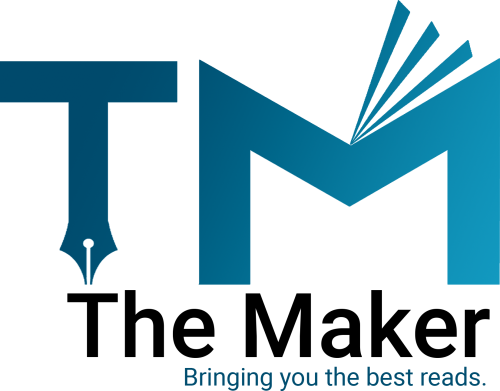Create an Ultimate Staff Review System

Staffs are the lifeblood of any company. They are the professional group of persons generally recognised as employees or workforce of an organisation, charged with carrying out the task that propels the organisation forward. It is all for the collaborative effort of the staff that a company succeeds.
But each staff performs differently according to their capabilities. Everyone has their own perfection areas where they excel and also some areas where they need improvement. So it is crucial for an employer to monitor each employee’s performance and provide feedback that helps them a lot to reach their full potential. This staff review system is led by the company’s human resources and executed by department leaders.
Before we plunge into the tactical part of staff reviews, it is essential to understand what a staff review system is and why it is vital.
What is a staff review system?
The staff review system is a formal evaluation of a staff’s work performance in a particular time interval. The main purpose is to analyse their strengths and weaknesses so that they can be offered constructive feedback for their skill development in the future and then assist with goal setting. This review system also helps to determine salary adjustments, track whether progress has happened, and also address problems.
However, the staff review system is something managers and staff dreaded the most. Why? Particularly for the manager, it is like an additional item on their to-do list. When you come to the review of the employees, Gallup data says only 14% of the staff strongly agree that staff performance reviews motivate them to improve. Others just imagine how they feel when they read their review.
Over the past few years, many organisations have been still conducting reviews differently. But some large companies even remove this staff review system as well. Removing this system might sound startling, but this system really makes things easier for both you and the staff serving you. After all, there are lots of benefits of staff reviews.
Benefits of staff reviews
Generally, staff reviews are conducted at a particular time interval fixed by the organisation to check the individual’s performance. The advantages are:
Employee engagement: It is the concept that describes the involvement of employees, enthusiasm, and dedication a staff feels towards their job.
Professional development: It includes learning opportunities in the professional area, such as training after a person enters a workplace.
Skills growth: It is considered the personal development of an employee, which ultimately improves the productivity and growth of a company.
Employee performance: It is defined as how staff effectively performs their job duties and executes their output. This is directly linked with assessing the staff and how valuable they are to the organisation.
Let’s focus on how to create a staff review system in the company.
Create a staff review system
Decide review frequency
This is the first step to deciding how often your company want to want to conduct staff reviews. But before deciding, you just need to evaluate your current performance situation. This helps you to quickly decide the frequency. Remember that it should be frequent enough to properly check their performance. Various review frequencies are:
- Weekly or fortnightly
This does not require collecting a huge amount of data. It is helpful to analyse that the work is progressing on the right track.
- Monthly
This is often useful to analyse people who are appointed on short-term contracts and for new joiners.
- Quarterly
A company divides a business year into four quarters, i.e., Q1, Q2, Q3, and Q4, with fixed goals, targets, and budgets. As sometimes three months is sufficient to achieve the desired results, so company preferred to apply this.
But these three months reviews can also be considered too frequent for a full-fledged employee, but it is quite helpful for a new hire.
- Semi-annually
Usually, conducting reviews twice a year is a good choice. It is neither too frequent nor too late.
- Annually
This is the review frequency most of the companies preferred in common. But reviewing once throughout the year means the bulk of information, which is difficult to manage.
Set review criteria
When you decide to review your staff’s performance, you must ensure that you have covered everything your company needs. The exact review criteria are:
- Job performance
In this, reviews should basically focus on the employee’s potential to accomplish role-specific objectives. At the time of hiring, every employee has been assigned clear responsibilities only to contribute towards the company.
- Work Quality
Every employee must deliver high-quality work which meets the requirements of the company.
- Time management
Every staff of the company is expected to come on time to the office and also work with full dedication during the working hour. Also, assess a staff’s willingness to take charge of a new project when they have free time.
Reviews must have objectives
Every review must have a defined objective as the manager or HR measure the staff’s performance based on this.
Feedback
Regular feedback after the evaluation of performance is crucial for the all-round development of the staff. It acts as motivation for them, and also, they can take action if anything needs.


